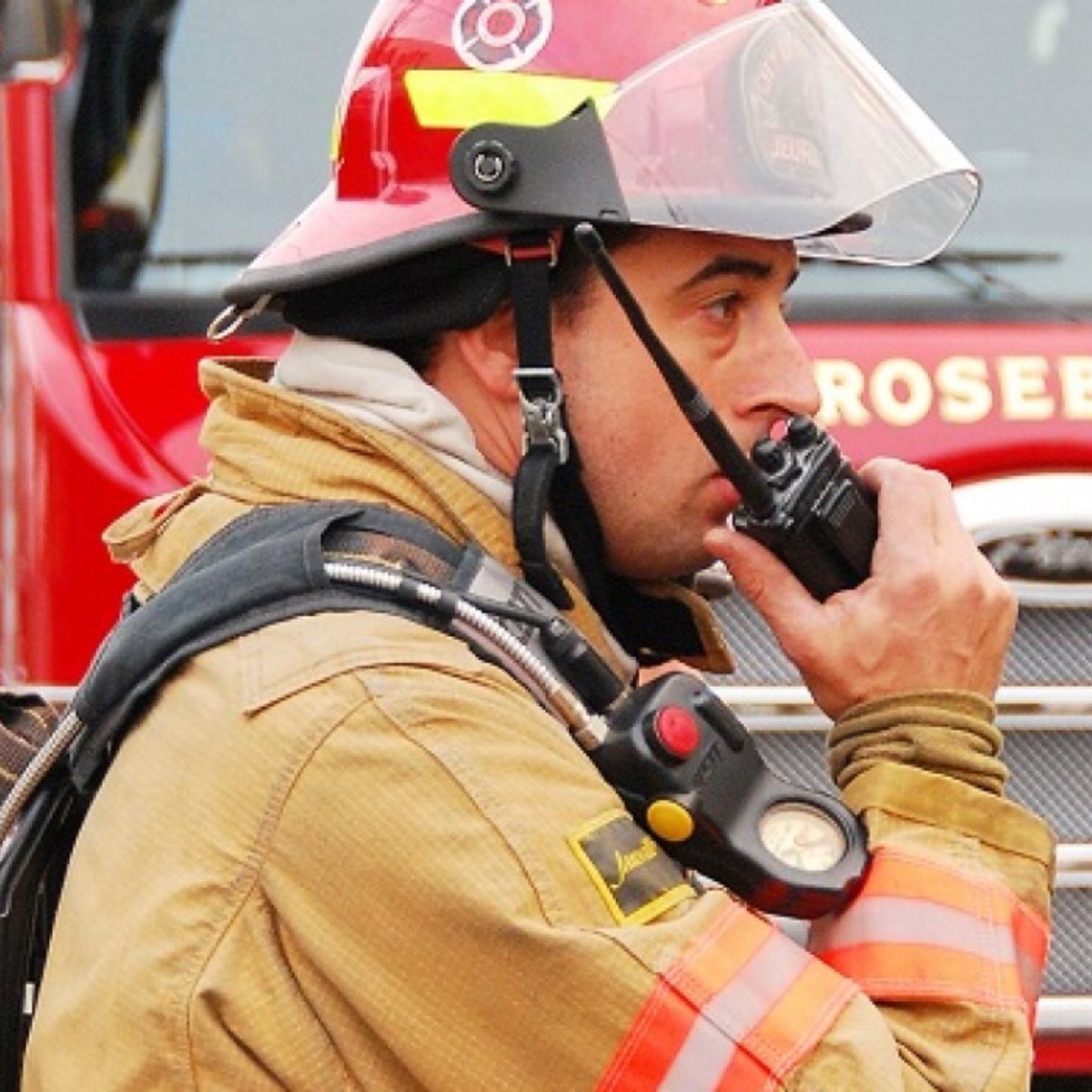Whenever we experience extreme weather it is vital that we stay connected. For that reason we look a ways of staying connected during extreme weather.
Maintaining reliable communication channels is paramount during extreme weather events and emergencies. When traditional means of communication are disrupted, staying connected can be a lifeline for accessing critical information, coordinating responses, and ensuring the safety of loved ones. This comprehensive guide outlines nine essential tips to help you establish and maintain effective emergency communication plan before, during, and after an emergency. From designating multiple channels and establishing contact lists to coordinating with neighbors and practicing clear communication strategies, these tips will empower you to stay informed, connected, and prepared, no matter what challenges arise.
Check out these two-way radios by clicking here.
Emergency Communication Plan: 9 Tips for Staying Connected During Extreme Weather

1. Establish Multiple Communication Channels
Diversifying your communication methods is key to ensuring redundancy and increasing your chances of staying connected. In addition to traditional phone calls, text messages, and emails, explore alternative platforms such as social media or messaging apps. Designate a primary and backup communication channel for your household or community, and ensure everyone is familiar with how to use them effectively.
Check out these two-way radios by clicking here.
2. Share Contact Information with Family and Friends
Compile a comprehensive list of emergency contacts, including family members, friends, and local emergency services. Distribute this list to all relevant parties and ensure everyone has up-to-date contact information readily available. Regularly update the list with any changes to phone numbers, addresses, or other vital details.
3. Establish a Communication Tree or Chain
Creating a hierarchical communication system, often referred to as a “communication tree” or “chain,” can streamline the dissemination of information within your household or community. Assign roles and responsibilities to individuals for relaying messages, and test the system through regular drills and simulations to identify and address any potential issues.
4. Designate a Central Meeting Point
In case of evacuation or separation during an emergency, designate a predetermined central meeting point for your family or group. Choose a location that is easily accessible, recognizable, and centrally located. Communicate this meeting point to all household members or participants, and practice evacuation routes to ensure everyone knows how to get there safely.
Check out these two-way radios by clicking here.
5. Carry Portable Communication Devices
Ensure you have access to portable communication devices that can function even when traditional infrastructure is compromised. Carry fully charged cell phones, portable chargers, and spare batteries. Invest in hand-crank or solar-powered radios to receive updates during power outages, and pack a whistle or signaling device to attract attention if stranded.
6. Establish Check-In Times
Set regular check-in times for family members or group members to report their status and location. Adjust the frequency of check-ins based on the severity and duration of the emergency situation. Establish a clear protocol for reporting any changes, updates, or developments that may impact the safety or well-being of others.
7. Stay Informed Through Official Channels
Monitor weather forecasts, warnings, and updates from official sources, such as local and national meteorological agencies and emergency management organizations. Sign up for emergency alerts and notifications from local authorities to receive real-time updates. Additionally, follow updates from reputable news outlets and government agencies to stay informed about the evolving situation.
8. Coordinate with Neighbors and Community Members
Establishing communication networks with neighbors and community organizations can be invaluable during emergencies. Share resources, information, and support to enhance preparedness and resilience. Collaborate on neighborhood watch programs and emergency response plans to strengthen community ties and ensure a coordinated approach to crisis management.
Check out these two-way radios by clicking here.
9. Practice Effective Communication Strategies
Effective communication during emergencies requires clarity, conciseness, and accuracy. Use straightforward and easy-to-understand language when conveying important information, and avoid ambiguity or jargon. Designate a spokesperson or leader to coordinate communication efforts and ensure consistent messaging. Prioritize safety and accuracy in all communications to prevent the spread of misinformation or confusion.
Conclusion
Staying connected during extreme weather events and emergencies is crucial for maintaining situational awareness, coordinating responses, and ensuring the safety of loved ones. By implementing an emergency communication plan and practicing the nine tips outlined in this guide, you’ll be better equipped to navigate the challenges of disrupted communication channels. Remember, effective communication is a cornerstone of resilience and preparedness, so take proactive steps to establish robust communication networks and strategies. By prioritizing clear and reliable communication, you can enhance your ability to weather any storm and emerge stronger on the other side.
Check out these two-way radios by clicking here.
Check out more disaster preparedness stuff here.
